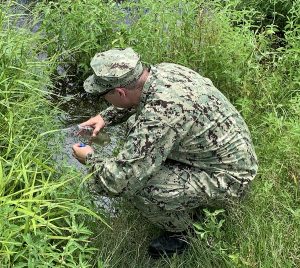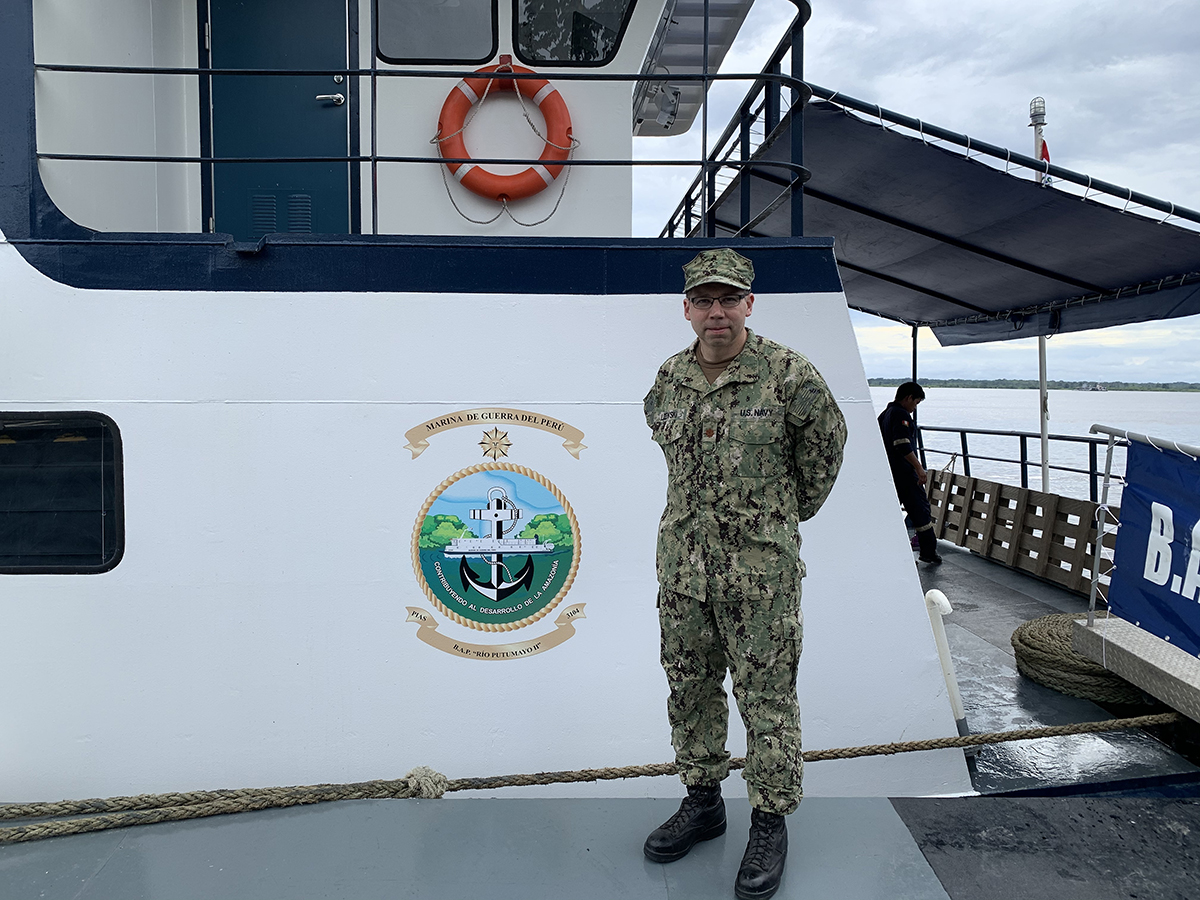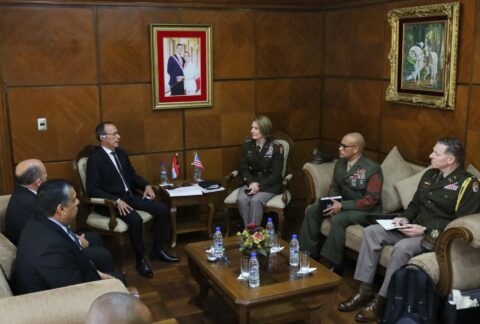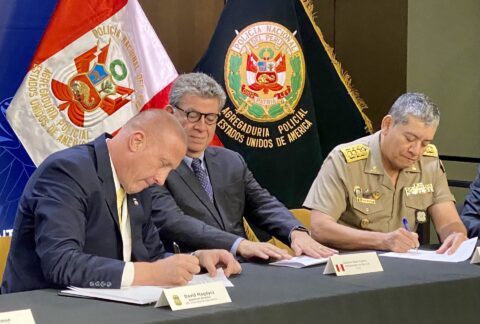A staff member from U.S. Naval Medical Research Unit No. 6 (NAMRU-6) embarked with the Peruvian Navy aboard the vessel BAP Río Putumayo II (PIAS 3104) in Iquitos, Peru, for a 30-day mission, November 19-December 19, along the Putumayo River, which forms the border between Peru and Colombia.
U.S. Navy Lieutenant Commander Stephen Lizewski, microbiologist and deputy Department Head of Parasitology, joined this mission at the invitation of the Peruvian Navy. The mission is a way to strengthen relationships between the U.S. and Peru, and gain first-hand knowledge of an area critical to the mission of NAMRU-6.

The Peruvian Navy has been operating in these areas for years, but it was only in 2015 that the partnership between the Navy and the civilian ministries took root and the Itinerant Social Action Platform (PIAS) program took off. Since then, the PIAS program has conducted five campaigns per year into these secluded regions.
“It is extremely difficult to reach these communities,” said David Ramirez, PIAS manager onboard Río Putumayo II. Dr. Pola Salas, a general practitioner in the Peruvian Ministry of Health agrees that due to the remoteness of the locations, “it is almost impossible for the people in these communities to receive medical assistance.”
“In the past, the people along the river felt the government forgot about the Río Putumayo communities”, Ramirez said, “but now people feel included in Peru.”
The ship’s mission is to bring medical and social services to the most remote, inaccessible communities in the heart of the Amazon Rainforest. PIAS is a collaboration between the Peruvian Navy and six Peruvian government ministries, under the lead of the Ministry of Social Inclusion.
The Peruvian Navy operates the vessel while the embarked ministries provide their specific services in medical, education, banking, and protection for vulnerable populations, all with the goal of deepening the inclusion of these isolated communities into the greater sense of community within Peru.
Lt. Cmdr. Lizewski advanced several NAMRU-6 research projects while onboard. He augmented the ship’s medical component with advanced testing equipment that increased the testing capabilities for diarrheal and febrile illness that generated results in about an hour. The results also provided an idea of what diseases were present in the area and which ones were not — information that is critical for NAMRU-6 research.
For example, bacterial and parasitic causes of diarrheal disease were prevalent but surprisingly malaria cases were not. Lt. Cmdr. Lizewski also collected water samples for use in both identifying disease-causing bacteria in the environment, and in identifying new ways to treat infections caused by such bacteria.
One recurring theme of the voyage was the remoteness of the upper Putumayo River and difficulty in operating in the area. Few nongovernmental organizations work in the area, in large part because of the logistical difficulties in getting there; it is accessible only by river, and devoid of roads.
The PIAS mission provides the Peruvian government a positive presence in the Putumayo region, which is under a special emergency zone due to narcotics trafficking. One goal of PIAS is to keep those in the communities from engaging in narcotics trafficking by providing services that the traffickers cannot. The Navy provides the logistics and security for the operation, which allows the ministries to complete their missions without fear of attack.
NAMRU-6 has a long-standing agreement with the Peruvian Navy that dates back to 1983. Hosted by the Peruvian Navy and co-located at their flagship hospital in Lima, at the Naval Clinic in Iquitos and in Puerto Maldonado, NAMRU-6 conducts research on and surveillance of a wide range of infectious diseases of military or public health significance in the region. These include malaria and dengue fever, yellow fever, viral encephalitides, leishmaniasis, and enteric diseases such as shigellosis and typhoid fever, as well as anti-microbial resistance monitoring.









